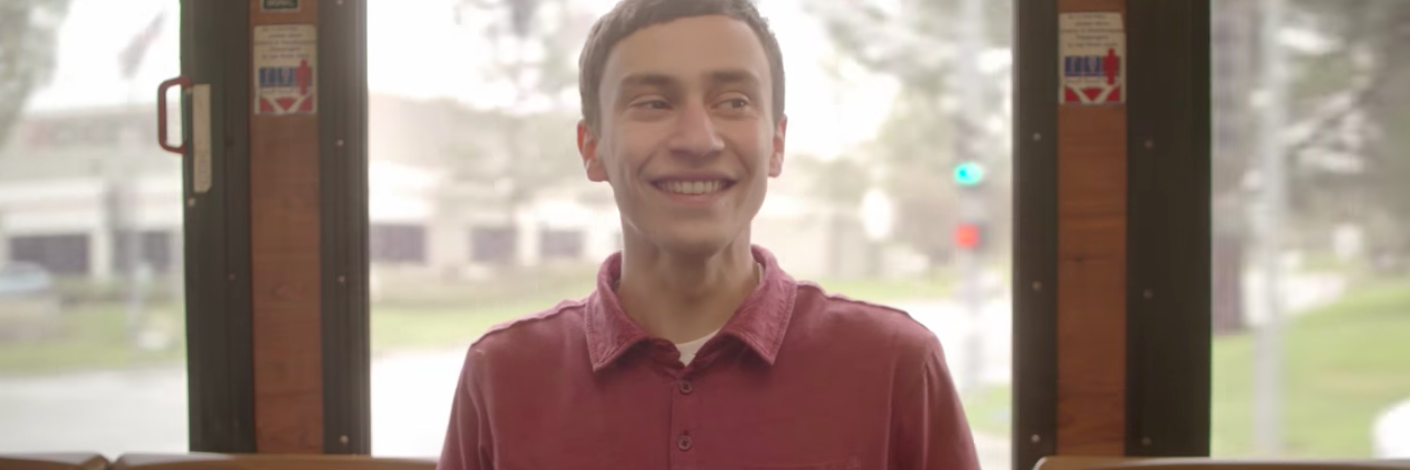Netflix’s “Atypical” follows the life of Sam, a teenager on the autism spectrum. It explores how his diagnosis impacts his family, school and daily life. Although it has received mixed reviews from the public, there are a few things I believe the show gets right about autism, and having a family member with an autism diagnosis.
Each person with autism is different, which is why it’s impossible to generalize. Nonetheless, there are certain symptoms from Sam’s experience that tend to be accurate about autism.
Sensory differences, for instance, is a common trait among people with autism. The outlet and intensity may vary. This means people can display hypersensitivity to touch – like Sam’s refusal to wear a leather jacket; or hypersensitivity to sound – like Sam’s need to wear noise-cancelling headphones, among others.
Sam’s difficulty creating eye contact, being seemingly in his own world, his very literal approach in communication and his difficulty grasping social cues were some of the traits the series gets spot on.
Family support is crucial as one begins to navigate with any kind of diagnosis. Autism in a family member almost immediately means a shift in dynamics. The ability of a family to cope with this diagnosis depends entirely on the resourcefulness, mental health and resilience of the family system.
As portrayed in the series, there are a variety of support groups and professionals dedicated to support the family with this transition. But the main responsibility relies on each member and their ability to recognize they need help through this process.
Another valuable characteristic from “Atypical” is how powerful school accommodations can be to those with a disability. Something as simple as a ¨silent party¨ to empathize with Sam’s hearing sensitivity. No matter how small, any shift to make school a more inclusive environment is an approach I believe every educator should be willing to make.
Sam is seemingly a self-advocate. What does this mean? He is able to openly talk about his likes and dislikes, his needs, his condition, and he is aware when his disability gets in the way of his social survival. This is probably due to years of training and receiving professional support. But, more importantly, this is an ability that is crucial to teach children and teenagers with disabilities.
Not only can it help them to become more functional and independent, but also holds them accountable in trying to find resources to help them cope with their condition.
When we look at these series or movies that portray a condition – such as “13 Reasons Why” or “To The Bone” – we need to take into consideration that they are works of fiction. No matter how hard creators try, they will never accurately, 100 percent absolutely depict the reality of having a particular condition. Each condition is as different as the person having it, which is why every story is unique – making it impossible to completely replicate.
I believe an increase in these fictional stories about various conditions has opened the space to talk about them and make the public more aware. Hopefully, these stories will allow us to be more aware and respectful about disabilities.
We want to hear your story. Become a Mighty contributor here.

